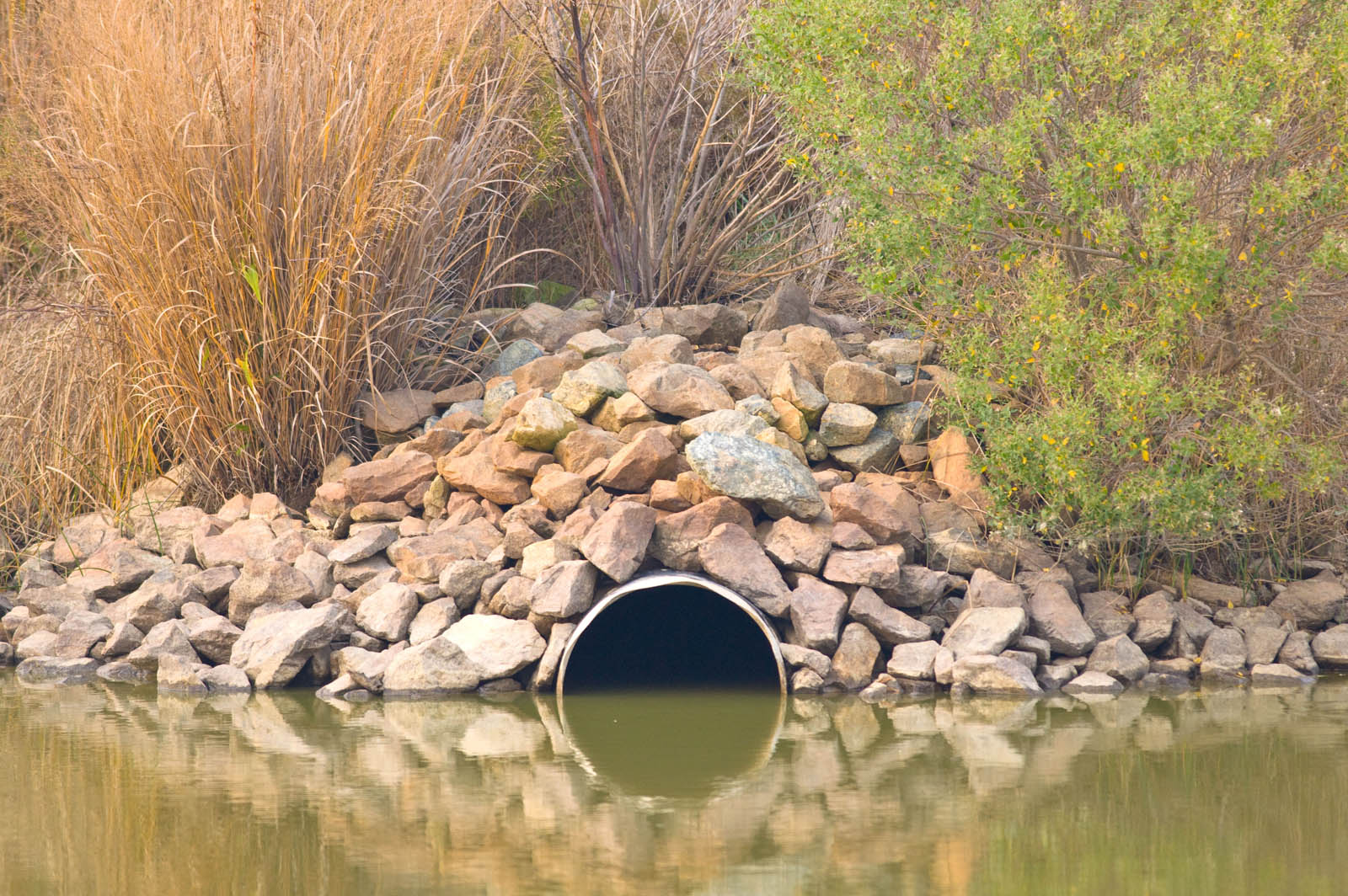 Identifying streams and wetlands protected under the Clean Water Act became confusing and complex following the Supreme Court decisions of 2001 and 2006. For nearly a decade, members of Congress, state and local officials, industry, agriculture, environmental groups, and the public have asked for rulemaking to provide clarity.
Identifying streams and wetlands protected under the Clean Water Act became confusing and complex following the Supreme Court decisions of 2001 and 2006. For nearly a decade, members of Congress, state and local officials, industry, agriculture, environmental groups, and the public have asked for rulemaking to provide clarity.
The EPA and the U.S. Army Corps of Engineers published a proposed new rule on April 21, 2014, defining the scope of waters protected under the Clean Water Act as WOTUS, or the Waters of the US in the Federal Register. The proposed rule can be reviewed at: http://www2.epa.gov/uswaters/definition-waters-united-states-under-clean-water-act.
Specifically, the proposed rule clarifies that under the Clean Water Act:
• Most seasonal and rain-dependent streams are protected.
• Wetlands near rivers and streams are protected.
• Other types of waters may have more uncertain connections with downstream water and protection will be evaluated through a case specific analysis of whether the connection is or is not significant. However, to provide more certainty, the proposal requests comment on options protecting similarly situated waters in certain geographic areas or adding to the categories of waters protected without case specific analysis.
The proposed rule is consistent with the Supreme Court's more narrow reading of Clean Water Act jurisdiction and also regulates groundwater. It does not protect any new types of waters that have not historically been covered under the Clean Water Act. It also proposes to reduce jurisdiction and exclude certain ephemeral and intermittent ditches.
EPA estimates the proposed rule would annually provide $388 million to $514 million of benefits to the public, including flood reduction, pollution filtration, provisions for wildlife habitat, hunting and fishing support, and groundwater recharge. Public benefits significantly outweigh the annual costs of about $162 million to $278 million for stream/wetland mitigation and waterway pollution reduction.
The public comment period on the proposed rule will close on Monday, October 20, 2014. ASCE strongly urges its members to submit your comments, identified by Docket ID No. EPA-HQ-OW-2011-0880 by one of the following methods:
- Federal eRulemaking Portal: http://www.regulations.gov.
- Email: ow-docket@epa.gov. Include EPA-HQ-OW-2011-0880 in the subject line of the message.
- Mail: Send the original and three copies of your comments to: Water Docket, Environmental Protection Agency, Mail Code 2822T, 1200 Pennsylvania Avenue NW., Washington, DC 20460, Attention: Docket ID No. EPA-HQ-OW-2011-0880.
- Hand Delivery/Courier: Deliver your comments to EPA Docket Center, EPA West, Room 3334, 1301 Constitution Avenue NW., Washington, DC 20460, Attention Docket ID No. EPA-HQ-OW-2011-0880. Such deliveries are accepted only during the Docket's normal hours of operation, which are 8:30 a.m. to 4:30 p.m., Monday through Friday, excluding legal holidays. Special arrangements should be made for deliveries of boxed information. The telephone number for the Water Docket is 202-566-2426.
